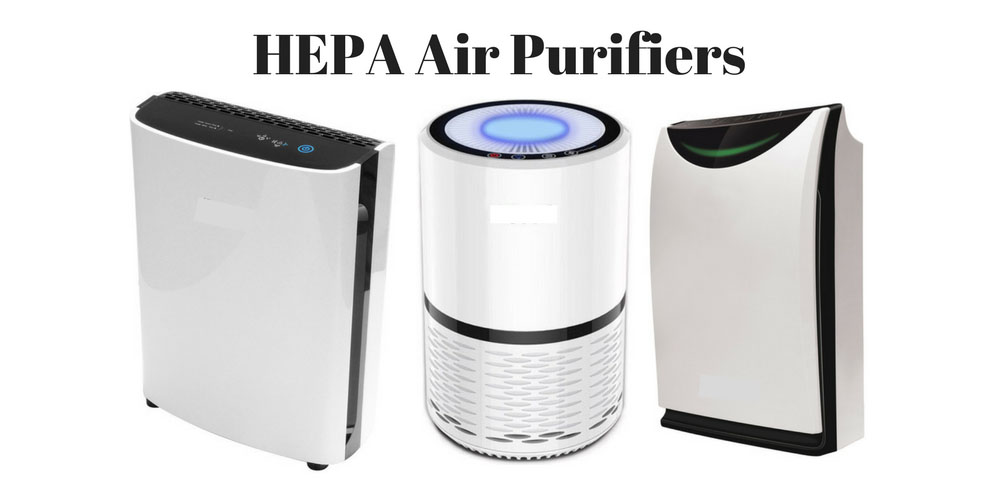Air purifiers are essential indoor gadgets, especially for allergic and asthmatic individuals. They clean up the air in a room by removing contaminants, thus improving its quality. They come in different varieties and are used in various applications, for example, the medical-grade air purifier used in the manufacturing of pharmaceuticals. Air purifiers are either large or small stand-alone units depending on their use and placement area. This article shows the different technologies used by air purifiers.
Technologies Employed by Air Purifiers
All kinds of air purifiers work differently to provide clean and good quality air. There are five technologies involved, and it’s important to know how each works to help you pick the best air purifier. They are;
1. HEPA Technology
High-Efficiency Particulate Air technology is one of the oldest ways used for air filtering. The HEPA filters trap almost every bacteria in the air that is 99.97 percent, to be exact. They filter any particle larger than 0.3 microns, meaning the naked eye cannot see some of them like viruses, bacteria, and chemicals. Molds are common in most houses, especially those with poor lighting and airflow, and the HEPA filters trap them to give a clean and conducive environment.
HEPA filters consist of fibers arranged randomly over a surface where the air goes through for cleansing. The fiber is made of fine material that stops big particles from going through while the tiny particles are trapped using impaction, interception, or diffusion processes. After two to four years, the filters need replacement, but it depends on the level of filtration and the indoor air situation. These air purifiers are safe as they don’t produce ozone; however, they contain levels of activated carbon material to absorb some chemicals and odors that the HEPA filters cant trap.
2. Ozone
Air purifiers applying this technology produce the Ozone gas in varying amounts depending on the brand. They don’t rid the air of dust and pollen particles; hence, their effectiveness is low compared to other technologies. Exposure to ozone gas is not recommended due to health-related issues such as asthma flare-ups.
3. Activated Carbon Technology
Activated carbon goes through processing to create a porous surface for particle absorption. The pores are highly absorbent and have a high chemical bonding ability, ideal for trapping pollutants like gases and chemicals. Activated carbon filters reduce the contamination levels by not releasing the particles back into the air once they are absorbed. On the flip side, their ability to remove allergen is low and only cleans the air around it.
4. UV Technology
The technology is used alongside a particulate filtration system to help trap airborne particles. UV air purifiers kill microorganisms by destroying genetic composition using the UV rays from the UV lamp. Despite the light, filters must be used as most viruses and bacteria are not filtered due to shading from particulates.
5. Negative Ion Technology
This technology works, but it’s less efficient than others. The negative ion air purifiers attract particles and drop them when they become heavy. Instead of eliminating them, they are attached to objects in the room like windows and doors and have a high chance of polluting the air once they become loose.
Conclusion
All the air purifying technologies work in different ways; however, some are better than others. The level of air cleaning is higher in some and has minimal adverse effects. You can choose the best air purifier based on the information given and what matches your needs.
